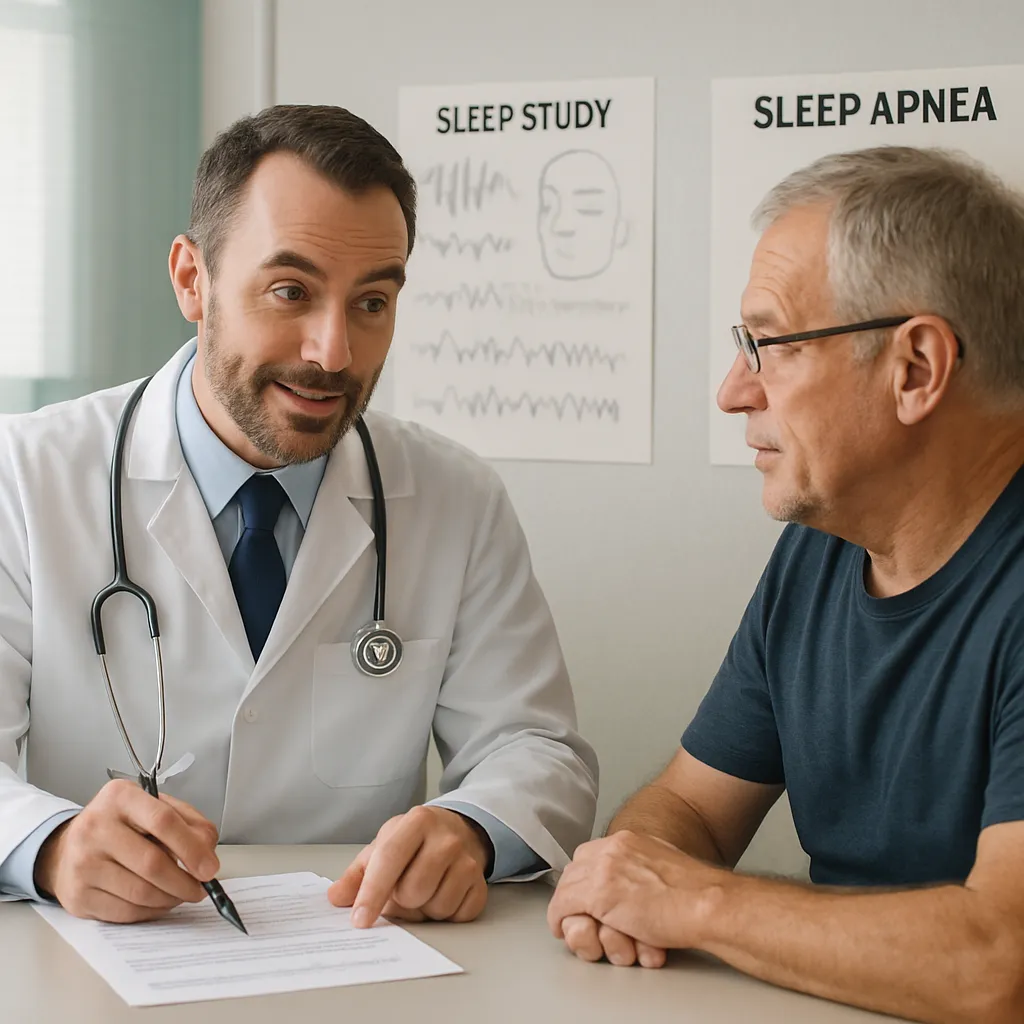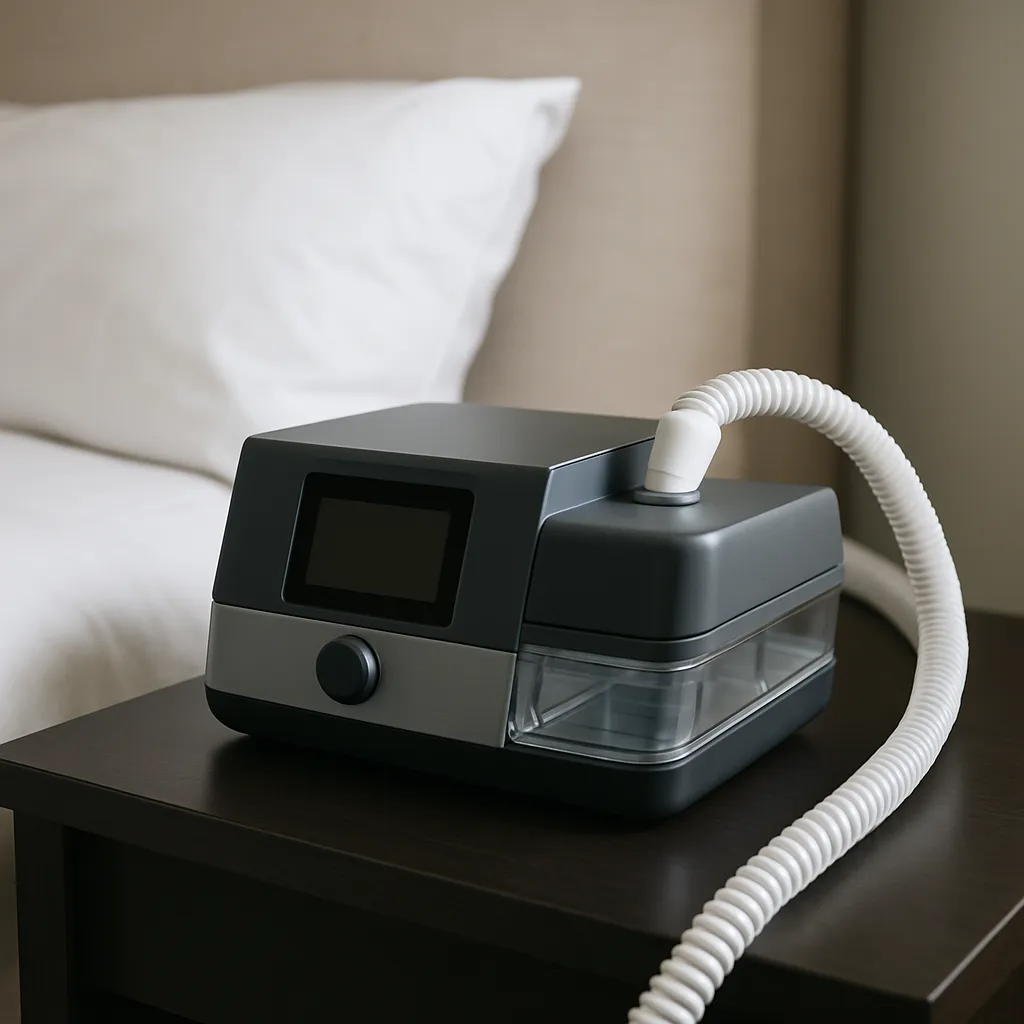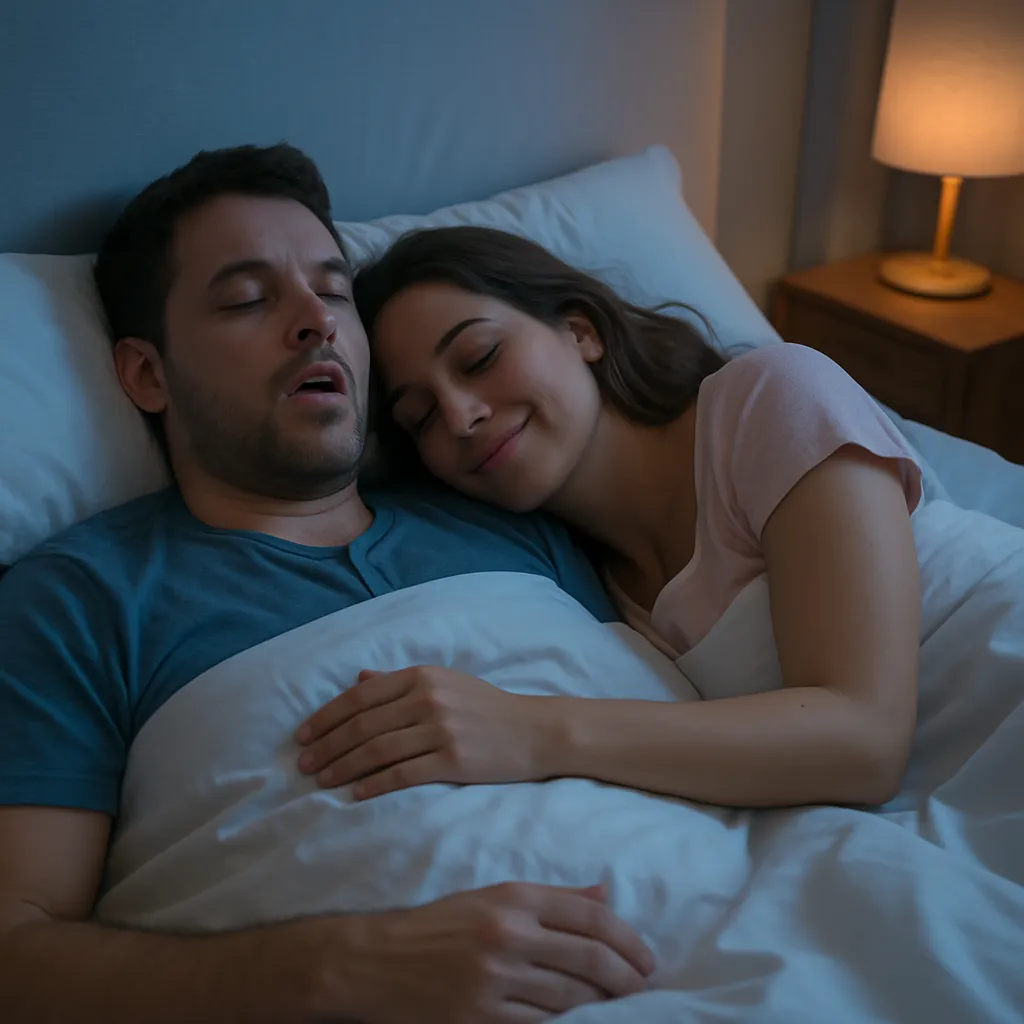Sleep Study Decoded: What to Expect During Your Sleep Apnea Diagnosis
Published Date: June 8, 2025
If your doctor has recommended a sleep study to evaluate potential sleep apnea, you might be feeling anxious about what to expect. This comprehensive diagnostic procedure, also known as polysomnography, is the gold standard for diagnosing sleep disorders and is crucial for developing an effective treatment plan. Understanding the process, preparation, and what happens during your sleep study can help alleviate concerns and ensure you get the most accurate results for your sleep health evaluation.
Why Your Doctor Recommended a Sleep Study
A sleep study is typically recommended when you exhibit symptoms that suggest obstructive sleep apnea or other sleep disorders. Your healthcare provider might suggest this diagnostic test if you experience:
Persistent Snoring and Breathing Issues: If you have loud snoring accompanied by witnessed breathing pauses, gasping, or choking during sleep, these are strong indicators that warrant investigation through sleep monitoring.
Unexplained Daytime Fatigue: When you consistently feel tired despite getting adequate sleep time, it could indicate that your sleep quality is being disrupted by undiagnosed breathing interruptions.
Cardiovascular Risk Factors: If you have high blood pressure, heart disease, or other cardiovascular conditions that could be related to sleep apnea, your doctor may recommend a sleep study to identify and address potential contributing factors.
Failed Response to Other Treatments: If you've tried various snoring remedies or treatments for fatigue without success, a comprehensive sleep study can help identify underlying issues that may have been missed.
The sleep study provides objective data about your sleep patterns, breathing, heart rate, and other physiological functions that occur during sleep. This information is essential for your sleep specialist to make an accurate diagnosis and recommend appropriate sleep solutions.
 Sleep Study Consultation
Sleep Study Consultation
Figure 1: A doctor consulting with a patient about sleep study procedures and results.
Types of Sleep Studies: In-Lab vs. Home Testing
There are two main types of sleep studies, each with specific advantages and appropriate use cases:
In-Laboratory Sleep Study (Polysomnography): This comprehensive test is conducted in a specialized sleep clinic or hospital sleep center. You'll spend the night in a comfortable, hotel-like room while being monitored by trained technicians. This type of study provides the most detailed information about your sleep and is considered the gold standard for diagnosing sleep disorders.
During an in-lab study, multiple sensors monitor various aspects of your sleep including brain waves, eye movements, muscle activity, heart rhythm, breathing patterns, airflow, and blood oxygen levels. This comprehensive sleep monitoring allows for real-time observation and intervention if needed.
Home Sleep Apnea Testing (HSAT): For certain patients with a high likelihood of obstructive sleep apnea and no other significant health conditions, a simplified home test may be appropriate. These portable devices monitor breathing patterns, airflow, and blood oxygen levels while you sleep in your own bed.
While home testing is more convenient and less expensive, it provides less comprehensive data and may not detect all types of sleep disorders. Your sleep specialist will determine which type of study is most appropriate for your specific situation.
Preparing for Your Sleep Study
Proper preparation is essential for obtaining accurate results from your sleep study. Your sleep clinic will provide specific instructions, but general preparation guidelines include:
Maintain Normal Routines: In the days leading up to your study, try to maintain your regular sleep schedule and daily activities. Avoid making significant changes to your routine that might affect your sleep patterns.
Medication Considerations: Inform your healthcare provider about all medications and supplements you're taking. Some medications may need to be temporarily discontinued before the study, while others should be continued as usual. Never stop medications without consulting your doctor.
Avoid Stimulants: On the day of your study, avoid caffeine, alcohol, and nicotine, as these substances can interfere with your natural sleep patterns and affect the accuracy of the results.
Personal Care: Wash your hair with regular shampoo (avoid conditioners or styling products that might interfere with sensor placement). Remove nail polish, as sensors may be placed on your fingers to monitor oxygen levels.
Comfort Items: Bring comfortable sleepwear, any personal items that help you sleep (like a favorite pillow), and any medications you normally take at bedtime.
 Sleep Study Preparation
Sleep Study Preparation
Figure 2: A peaceful bedroom environment similar to what you might find in a sleep clinic.
What Happens During the Study
Understanding the sleep study process can help reduce anxiety and ensure you're prepared for the experience:
Arrival and Setup: You'll typically arrive at the sleep clinic in the evening, usually between 7-9 PM. A sleep technician will show you to your room and explain the process. The room is designed to be comfortable and hotel-like, with a private bathroom and comfortable bed.
Sensor Placement: The technician will attach various sensors to monitor different aspects of your sleep. This process typically takes 45-60 minutes and includes:
- Electrodes on your scalp to monitor brain waves (EEG)
- Sensors near your eyes to track eye movements
- Electrodes on your chin and legs to monitor muscle activity
- Belts around your chest and abdomen to measure breathing effort
- A sensor under your nose to monitor airflow
- A pulse oximeter on your finger to measure blood oxygen levels
- Electrodes on your chest to monitor heart rhythm
Sleep Tracking: Once all sensors are in place, you'll be encouraged to relax and fall asleep naturally. The technician will track your sleep throughout the night from a separate room, watching for any issues with the equipment or signs of sleep disorders.
Morning Procedures: You'll typically wake up around 6-7 AM, and the technician will remove all sensors. You can then shower and prepare to leave. The entire process usually concludes by 7-8 AM.
Understanding Your Results
After your sleep study, the data will be analyzed by a sleep specialist who will interpret the results and develop a diagnosis. Key measurements include:
Apnea-Hypopnea Index (AHI): This measures the number of breathing interruptions per hour of sleep. An AHI of 5-14 indicates mild sleep apnea, 15-29 indicates moderate, and 30 or higher indicates severe sleep apnea.
Oxygen Saturation Levels: The study measures how much your blood oxygen levels drop during breathing interruptions. Significant drops can indicate the severity of your condition.
Sleep Architecture: The study analyzes how much time you spend in different sleep stages and how often your sleep is fragmented by breathing interruptions.
Arousal Index: This measures how often you partially wake up during the night, which can indicate sleep fragmentation even if you don't remember waking up.
 Sleep Study Results
Sleep Study Results
Figure 3: Modern sleep monitoring technology used in sleep studies.
Next Steps After Your Sleep Study
Once your results are available, you'll meet with your sleep specialist to discuss the findings and treatment options. If sleep apnea is diagnosed, several sleep solutions may be recommended:
CPAP Therapy: If you're diagnosed with obstructive sleep apnea, CPAP therapy is often the first-line treatment. You may need a second study (called a CPAP titration study) to determine the optimal pressure settings for your therapy.
Oral Appliances: For mild to moderate sleep apnea, custom-fitted oral appliances may be recommended as an alternative to CPAP.
Lifestyle Modifications: Your doctor may recommend weight loss, sleep position changes, or other lifestyle modifications to help improve your condition.
Surgical Options: In some cases, surgical interventions may be considered, particularly if anatomical factors are contributing to your sleep apnea.
Making the Most of Your Sleep Study Experience
To ensure the best possible results from your sleep study:
Communicate Openly: Share any concerns or questions with your sleep technician. They're there to help you feel comfortable and ensure accurate results.
Try to Sleep Naturally: While it may feel strange to sleep with sensors attached, try to relax and sleep as normally as possible. Most people are able to get enough sleep for an accurate diagnosis.
Follow Up Promptly: Schedule your follow-up appointment to discuss results and begin treatment if needed. Early intervention can prevent complications and improve your sleep health more quickly.
A sleep study is an important step toward diagnosing and treating sleep disorders that can significantly impact your health and quality of life. While the process might seem daunting, it's a safe, non-invasive procedure that provides valuable information for improving your sleep quality and overall well-being. With proper preparation and understanding of what to expect, your sleep study can be the first step toward achieving the restful sleep and daily energy you deserve.
Related Articles
- Tracking Your Sleep with Technology: A Step-by-Step Guide
- How Stress Sabotages Your Sleep — And What You Can Do About It
- Understanding Your Sleep Patterns with Self-Test Questionnaires

